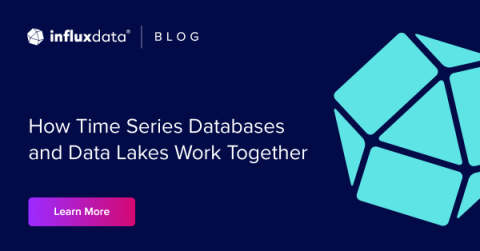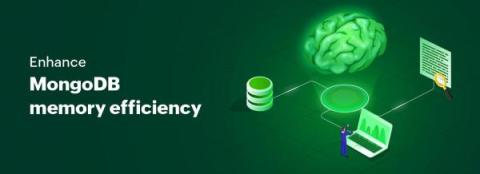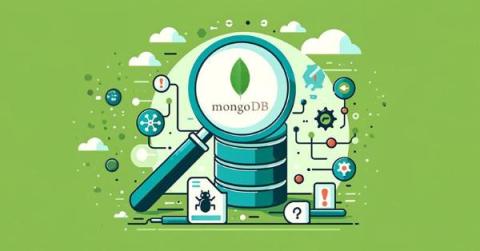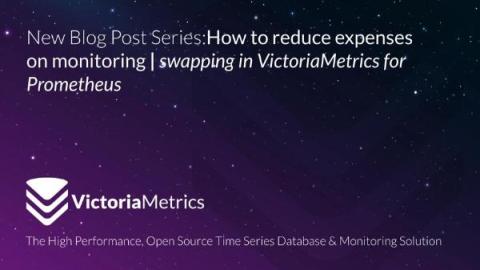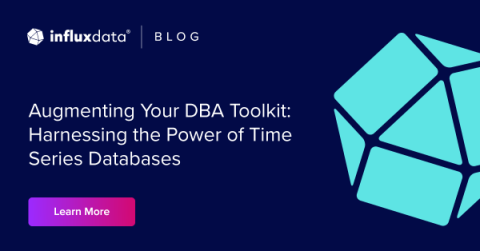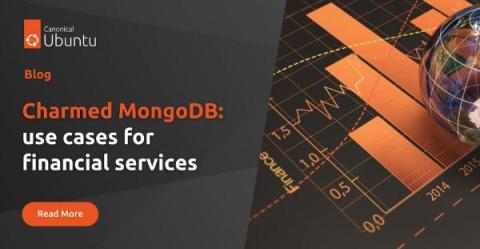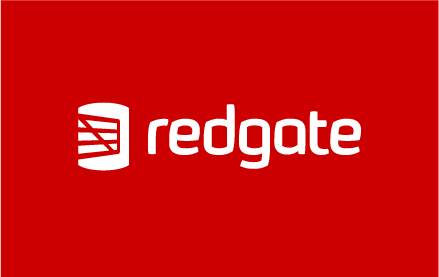From Chaos to Clarity Troubleshooting Postgres
I have always had a special fondness for Postgres, particularly captivated by its JSONB capabilities, which is at the core of what I love as it stands as a testament to its adaptability. This functionality exemplifies Postgres’s ability to adapt to modern apps’ rapidly changing needs to support structured and unstructured data to coexist seamlessly within the same database environment. The capabilities of PostgreSQL are not limited to its ability to manage relational and non-relational data.



